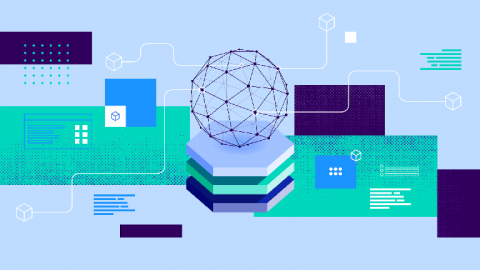MLOps - Logs, Metrics and Traces to improve your Machine Learning Systems
Once you’ve reached the point where you want to deploy your machine learning models to production, you will eventually need to monitor operations and performance. You might also want to receive alerts in case of any unexpected behavior or inconsistencies with your model or your data quality. This is where you most likely start learning about various aspects of Machine Learning Operations (MLOps).








